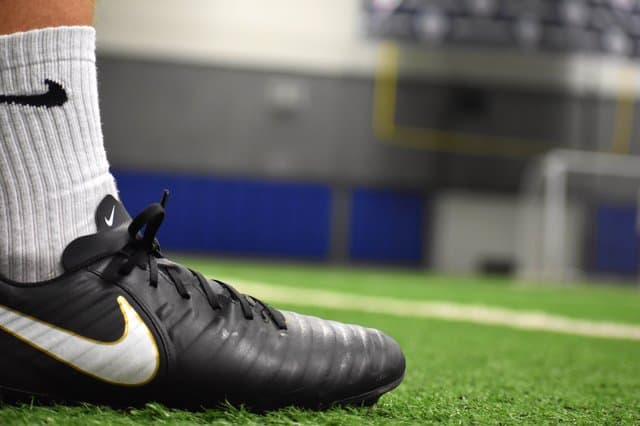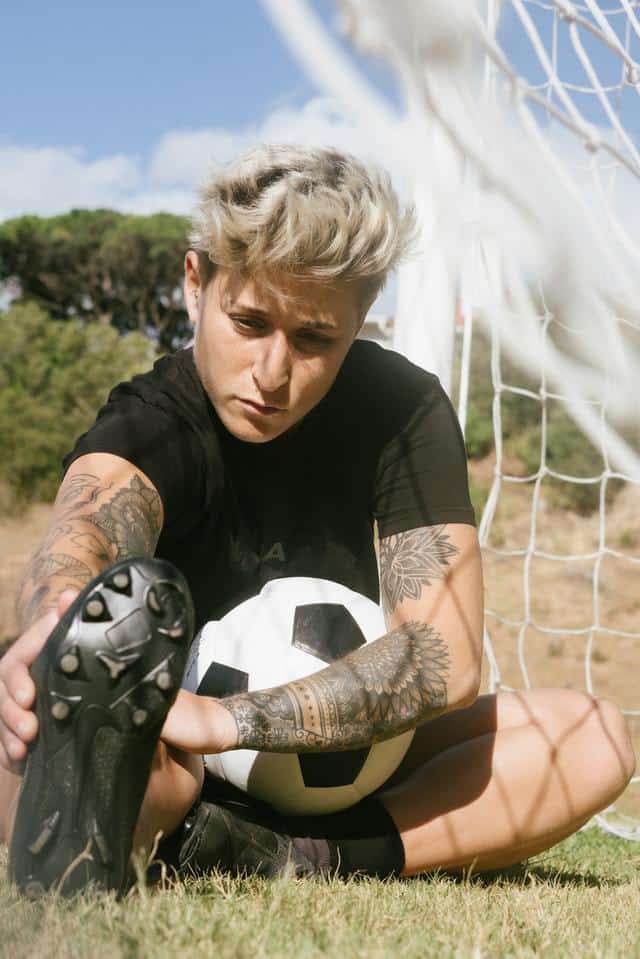
As a soccer athlete, there are a lot of aspects that go into your success on the field.
These include things like the right lifestyle and proper training. But people often overlook how important the right shoes are for the game.
Without the right shoes, you are going to be facing a definitive disadvantage every time you go out to practise or play. It’s very much analogous to constantly having to run a bit uphill. Slight differences in quality can really make or break your game at that clutch moment.
It’s also very important to analyze which cleat is the right one for you individually, and not just go on half-baked advice or misguided sentiment. This is emphatically not a “one size fits all” type of thing here.
Here’s some advice on how to go about selecting the optimum pair of cleats for you:
Factors that influence your choice of cleats
-The terrain on which you will be playing. Hard grass is not the same as soft grass, which is not the same as turf, or concrete etc. If you are going to play on more than one terrain type, consider multiple pairs of cleats.
-The position which you are going to be playing. Forwards and people who have to attack more will generally want a lighter cleat for more burst speed when it’s time to make a break etc. Midfielders are going to want something with more support since they are the ones that move around the field most on average.
-If you’re playing goalkeeper, you are going to want as much traction as humanly possible, especially traction as it pertains to lateral movements. There are specialized cleats for this.

The natural vs. synthetic debate
Traditional cleats have been made out of kangaroo leather for a long time. These are durable and comfortable, but are often heavier than modern alternatives. Some people also raise ethical objections about the use of kangaroo leather, or any other animal skin.
Other natural leathers are also popular these days, like calf or goat leather. The above mentioned moral objections aside, these are usually lighter than kangaroo leather, and also a bit easier on the pocketbook.
Synthetics have the advantage of having much better resistance to water (and mud, etc.), and can be lighter and stronger in many cases than their natural counterparts. However, they are often not as comfortable and can lead to things like blisters more easily.
When to change your shoes
Ironically, one argument in favor of not buying top-tier shoes is that they are not built to last. It’s often advantageous to get a mid-level pair of cleats because you will go through them at a much slower rate. Of course, the performance advantage of the top-tier models will be a deciding factor for many people reading this.
The top pros change their shoes every few games. Your mileage may vary greatly. Depending on your level of play, you should count on changing your cleats from one to three times every season. For casual play, a decent pair should last at least six months.
